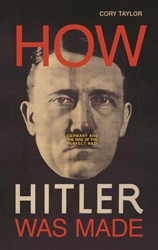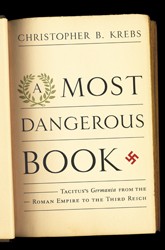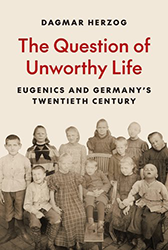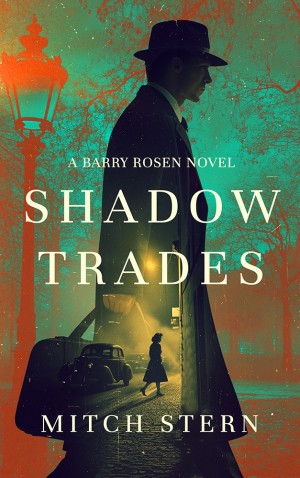A World Without Jews is a provocative and suggestive re-reading of Nazi anti-Semitism and the origins of the Holocaust. In fact, it is a book about origins, historical memory, and national culture that maintains that the Nazis envisioned a world without Jews long before they had the means to accomplish it. It is this genocidal imagination and fantasy that Confino believes was at the heart of a civilizational reordering of German origins that “required”, in the Nazi mindset, the elimination of Jews. That new beginning, that new Genesis story, could not unfold as long as Jewish civilization existed, for the Jews reflected an historical past and a myth of origin that had to be extirpated in order for a new Germany to arise. That helps explain why the Nazis burned the Hebrew Bible and Torah scrolls during Kristallnacht and later in Eastern Europe. In burning these sacred objects they were directing their wrath against religious — not racial — symbols. Burning Torah scrolls stirred imaginations and emotions and the possibilities of a new, nihilistic creation story. Right from the beginning, the Nazis were certain of one thing which did not change until the last day of the Reich: the Jews and their historical roots, real or invented, from the Bible to the modern period had to be erased from Christian history at all costs and whatever the consequences. No cultural edifices that implied a cultural debt to the Jews could be left standing. Their goal was the making of a new civilization by uprooting key elements of the old.
Confino traces the way Germans imagined a world without Jews that began in January 1933, well before anyone could envision the final conclusion of the story in genocide. The key concept is imagination: a moral and historical break was made not by planning the eventual extermination, but by thinking that a German world without Jews could be a reality. Once Germans imagined a future without Jews, persecution and extermination became possible and even justifiable and was powerfully anticipated in the culture of the prewar years. The central metaphor of the Holocaust for him is therefore not Auschwitz but the burning of the Hebrew Bible in the 1930’s.
Confino’s analysis and approach to understanding the origins and meaning of the Holocaust are highly original and edifying. The writing is powerful and convincing and his evidence and conclusions will certainly push the boundaries of Holocaust scholarship and discussion for years to come. He has helped us see how what was unimaginable was indeed a matter of thought well before it became actualized in genocide.
Related content:





